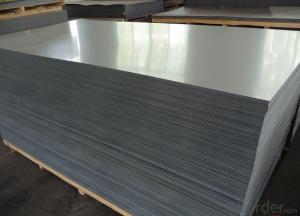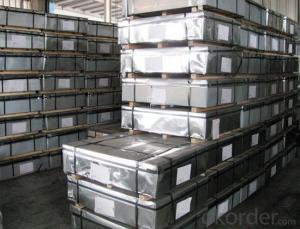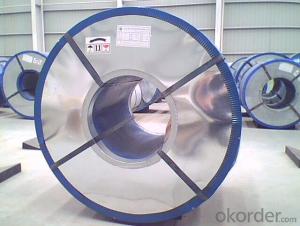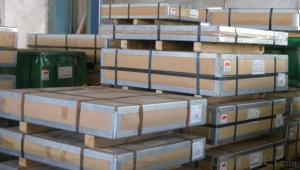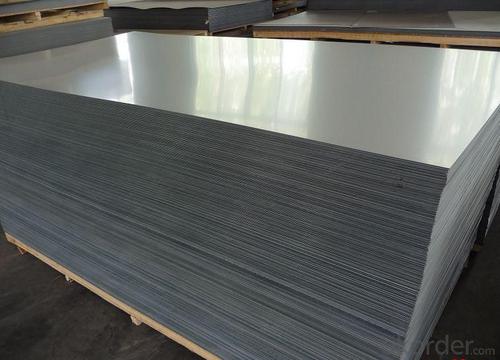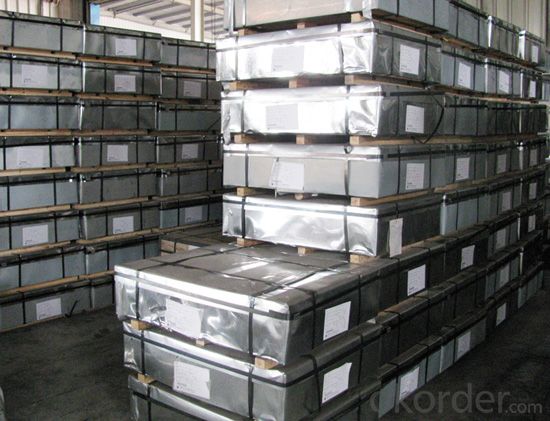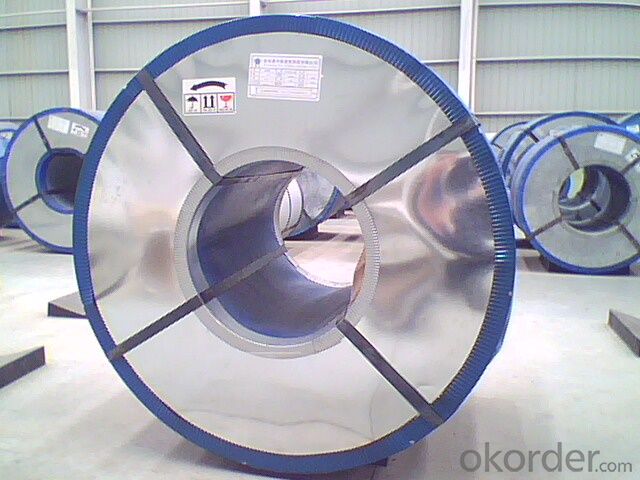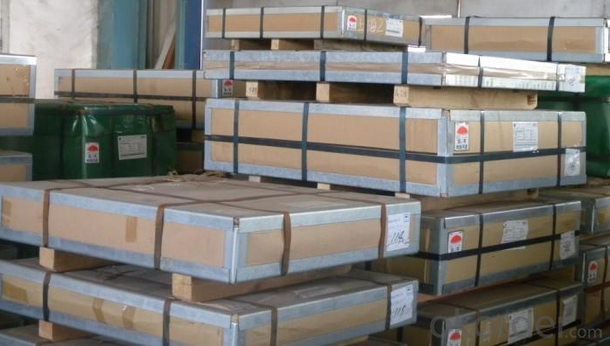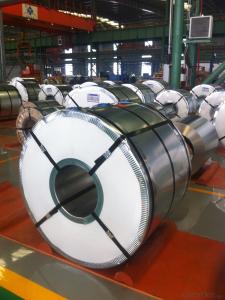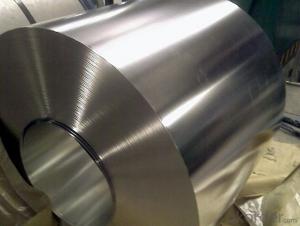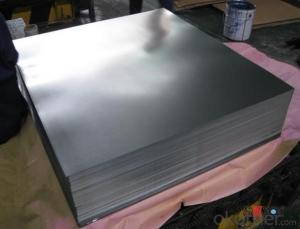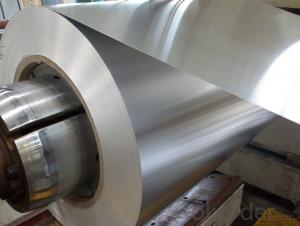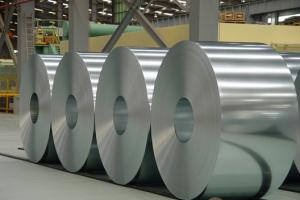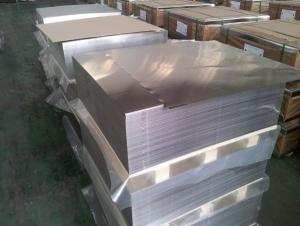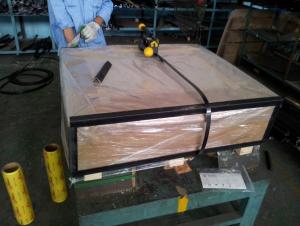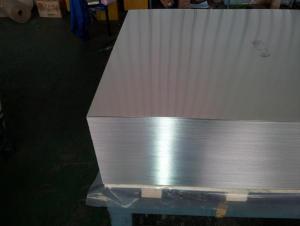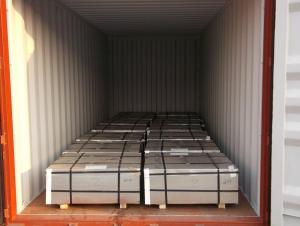Tinplate in Sheets and Coils for Foods Packing in good price
- Loading Port:
- Tianjin
- Payment Terms:
- TT OR LC
- Min Order Qty:
- 25 m.t
- Supply Capability:
- 7000 m.t/month
OKorder Service Pledge
OKorder Financial Service
You Might Also Like
1.Structure of Electrolytic Tin Plate Coils and Sheets for Foods Metal Packaging Description
Due to Tinplate packaging`s good seal, nature, dark, robustness and unique decorative metal charm, it has a wide range of coverage in the packaging container industry,and common international packaging varieties. With a variety of CC tinplate material, DR materials, chrome plated and constantly enrich and promotion and development of packaging products and technology, tinplate packaging has promoted with innovation.
Because of its strong antioxidant and diverse styles, beautifully printed, tinplate containers are very popular and loved by customers, and they are widely used in food packaging, pharmaceutical packaging, commodity packaging, instrumentation, packaging, industrial packaging and so on.
With the continuous improvement of tinplate printing technology and processing technology, tinplate packaging has developed more widely.
2.Main Features of the Electrolytic Tin Plate Coils and Sheets for Foods Metal Packaging
Appearance – Electrolytic Tin Plate is characterized by its beautiful metallic luster. Products with various kinds of surface roughness are produced by selecting the surface finish of the substrate steel sheet.
Paintability and printability – Electrolytic Tin Plates have excellent paintability and printability. Printing is beautifully finished using various lacquers and inks.
Formability and strength – Electrolytic Tin Plates have got very good formability and strength. By selecting a proper temper grade, appropriate formability is obtained for different applications as well as the required strength after forming.
Corrosion resistance – Tinplate has got good corrosion resistance. By selecting a proper coating weight, appropriate corrosion resistance is obtained against container contents. Coated items should meet 24 hour 5 % salt spray requirement.
Solderability and weldability – Electrolytic Tin Plates can be joined both by soldering or welding. These properties of tinplate are used for making various types of cans.
Hygienic – Tin coating provides good and non toxic barrier properties to protect food products from impurities, bacteria, moisture, light and odours.
Safe – Tinplate being low weight and high strength makes food cans easy to ship and transport.
Eco friendly – Tinplate offers 100 % recyclability.
Tin is not good for low temperature applications since it changes structure and loses adhesion when exposed to temperatures below – 40 deg C.
3.Electrolytic Tin Plate Coils and Sheets for Foods Metal Packaging Images
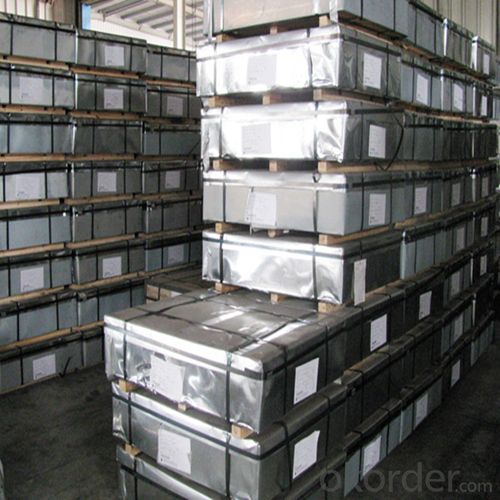
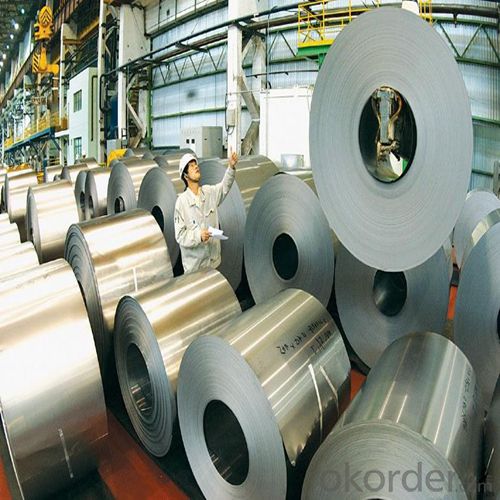
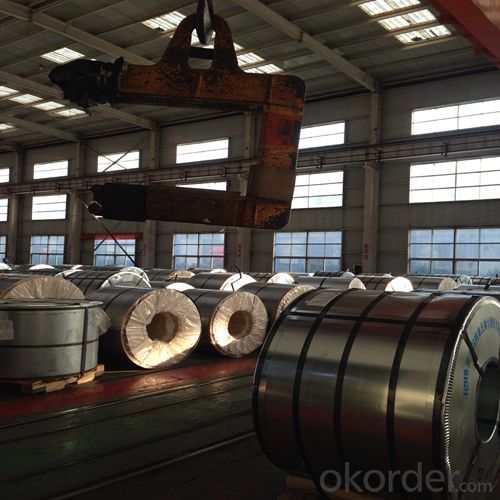
4.Electrolytic Tin Plate Coils and Sheets for Foods Metal Packaging Specification
Standard | ISO 11949 -1995, GB/T2520-2000,JIS G3303,ASTM A623, BS EN 10202
|
Material | MR,SPCC |
Thickness | 0.15mm - 0.50mm |
Width | 600mm -1150mm |
Temper | T1-T5 |
Annealing | BA & CA |
Coil Inner Diameter | 508mm |
Weight | 6-10 tons/coil 1~1.7 tons/sheets bundle |
Passivation | 311 |
Oil | DOS |
Surface | Finish,bright,stone,matte,silver |
5.FAQ of Electrolytic Tin Plate Coils and Sheets for Foods Metal Packaging
-What your tinplate material is used for ?
Tinplate is widely used for the packaging of products. Such as food cans,
beverage cans, pet cans, closures, general line cans and so on.
Printed Tinplate is offered!!
-How to place .an order or contact you ?
Please send us Email. we will give you a quick response in seconds .
- How is your quality ?
All our quality is prime even the secondary quality . We have many years experience
In this field with serious quality control standard . Advanced equipment, We welcome your visit to our factory .
- Q: What are the common sizes and thicknesses of tinplate?
- The common sizes of tinplate range from 0.14mm to 0.60mm in thickness, with typical widths varying from 600mm to 1200mm.
- Q: What are the factors that affect the price of tinplate?
- The factors that affect the price of tinplate include the cost of raw materials such as tin and steel, supply and demand dynamics in the market, production and manufacturing costs, currency exchange rates, trade policies, and economic factors such as inflation and global economic conditions.
- Q: How does tinplate compare to tin-free steel in terms of properties and applications?
- Tinplate and tin-free steel differ in terms of properties and applications. Tinplate has a thin tin coating on its surface, providing excellent corrosion resistance and a shiny appearance. It is commonly used in food and beverage packaging, as well as for decorative purposes. On the other hand, tin-free steel lacks the tin coating and is typically coated with other materials like chromium or polymer. It offers better paint adhesion and is often used in applications such as automotive parts, electrical appliances, and construction materials. Therefore, the choice between tinplate and tin-free steel depends on the specific requirements and intended applications.
- Q: How is tinplate recycled and what are the benefits of recycling?
- Tinplate is commonly recycled through a process called "tin can recycling." In this process, tin cans are collected, sorted, and then shredded into small pieces. The shredded tinplate is then melted down to remove any impurities, and the molten metal is poured into molds to create new tinplate products. The benefits of recycling tinplate are numerous. Firstly, recycling tinplate helps conserve natural resources as it reduces the need for mining and extraction of new raw materials. Additionally, recycling tinplate reduces energy consumption and greenhouse gas emissions compared to producing tinplate from scratch. Moreover, recycling tinplate reduces the burden on landfill sites, as tin cans can take years to decompose. Finally, recycling tinplate helps create job opportunities in the recycling industry, contributing to the economy. Overall, tinplate recycling is an eco-friendly and sustainable solution that brings multiple environmental and economic benefits.
- Q: What are the different grades of tinplate?
- The different grades of tinplate include Single Reduced (SR), Double Reduced (DR), and Electrolytic Chromium Coated Steel (ECCS). These grades vary in terms of thickness, surface finish, and level of corrosion resistance, catering to different applications and industries.
- Q: Can tinplate be used for HVAC systems?
- Yes, tinplate can be used for HVAC systems. Tinplate is a commonly used material in the construction of ductwork and air handling units due to its corrosion resistance, durability, and ease of fabrication. It provides a reliable and cost-effective solution for HVAC applications.
- Q: What are the different types of tinplate welding techniques?
- There are several types of tinplate welding techniques, including spot welding, seam welding, and projection welding.
- Q: What is the cost of tinplate compared to other packaging materials?
- The cost of tinplate is generally higher compared to other packaging materials such as aluminum, paper, or plastic. Tinplate is a durable and versatile material, but its higher cost is primarily due to the production process involving coating steel with a thin layer of tin. While other materials may offer a more cost-effective solution for certain applications, tinplate's unique properties and premium image make it a preferred choice for certain industries like food and beverages, cosmetics, and pharmaceuticals. Ultimately, the cost of tinplate should be evaluated in relation to the specific needs and requirements of the packaging project.
- Q: How is tinplate affected by different types of food products?
- Tinplate can be affected by different types of food products due to the potential reaction between the metal and certain acidic or alkaline foods. This can result in a metallic taste or discoloration in the food. To prevent such interactions, tinplate is often coated with a layer of enamel or lacquer to provide a protective barrier between the metal and the food.
- Q: Can tinplate be used for petrochemical packaging?
- Yes, tinplate can be used for petrochemical packaging. Tinplate is a commonly used material in the packaging industry due to its excellent properties such as corrosion resistance, durability, and ability to preserve the quality of the contents. It is suitable for packaging various products, including petrochemicals, as it provides a protective barrier against moisture, oxygen, and other contaminants. Additionally, tinplate can be easily shaped into different forms, making it versatile for packaging different shapes and sizes of petrochemical products.
Send your message to us
Tinplate in Sheets and Coils for Foods Packing in good price
- Loading Port:
- Tianjin
- Payment Terms:
- TT OR LC
- Min Order Qty:
- 25 m.t
- Supply Capability:
- 7000 m.t/month
OKorder Service Pledge
OKorder Financial Service
Similar products
Hot products
Hot Searches
Related keywords
